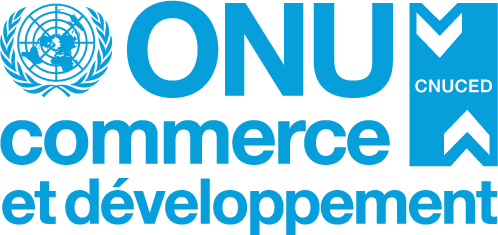Plastics and non-plastic substitutes decline slightly after years of growth
Global exports in plastic and non-plastic substitutes, billion of dollars
In 2023, global exports of non-plastic substitutes reached $485 billion, marking a slight decline from their 2022 peak of $561 billion. This mirrors the modest dip observed in global plastics trade, as demand softened across international markets.
Despite the decrease in value, trade in non-plastic substitutes continues to reflect a growing shift toward more sustainable materials. As sustainability standards tighten and consumers seek alternatives, non-plastic substitutes remain a resilient and expanding segment of international trade.
